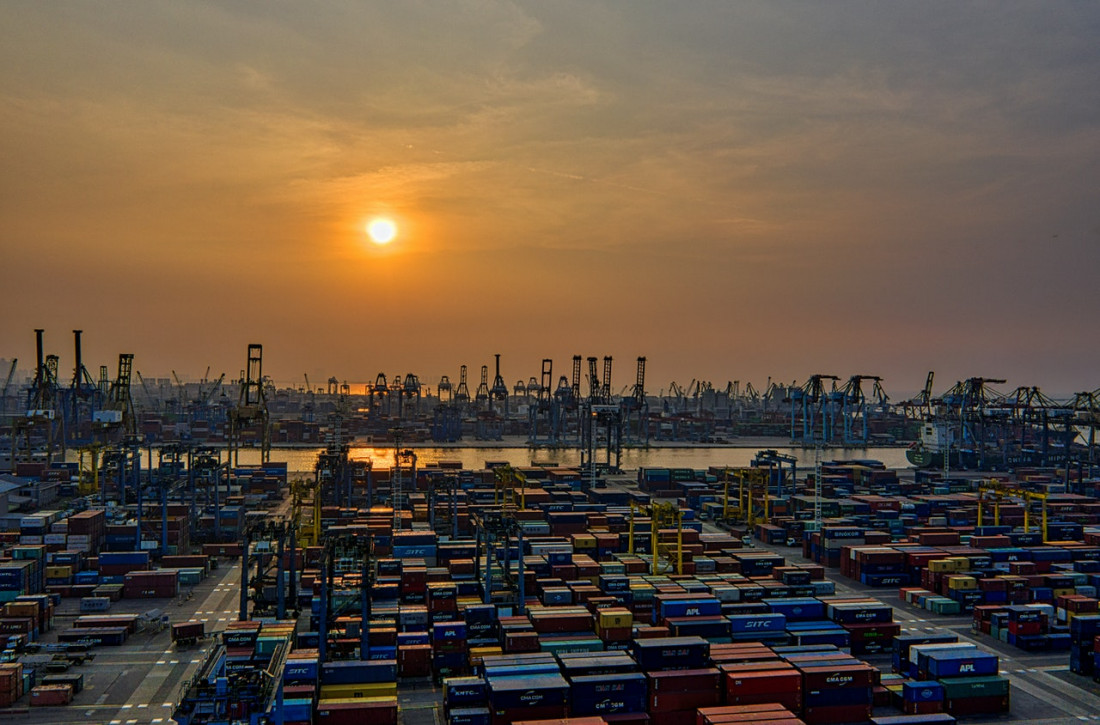Whilst most analysts are predicting huge growth in the specialty chemicals industry in India, it is still prudent to be aware of the challenges that the industry is facing before proceeding to invest.
Like any developing economy, India has high aspirations, but much work ahead of it to succeed. Notably, India lacks an efficient infrastructure system. Whilst its rail network is extensive, much of it is outdated and in need of capital investment.
Similarly, India’s seaports are based on old technology and were designed to meet the demands of 20th century trade. With India growing in the 21st century, the port facilities are struggling to cope with demand.
This is a point raised by Nitin Nabar, Executive Director and President – Chemicals at Godrej Industries Ltd, who notes how a number of multinationals are considering basing their chemicals sourcing and manufacturing hubs in India, but that this is dependent on India’s ability to perform in this role. He writes, “India can emerge as a major global player subject to availability of infrastructure, key feed stocks (raw materials) and energy essential to manufacture specialty chemicals at low cost. Bottlenecks at India’s ports need to be streamlined to emerge as a major exporter.”
These are concerns also raised by Manish Panchal, Practice Head – Chemical and Energy at Tata, who believes that India’s predicted growth is only possible if, “Fundamental issues of feedstock availability, reliable and consistent supply of utilities, infrastructure bottlenecks and ease of doing business are addressed.” Most worryingly he notes that, “Progress on these fronts over the past few years have not kept pace as required.”
So whilst India can theoretically be a major chemicals supplier, it is not guaranteed. With the Asian chemicals industry expanding so quickly, then some growth seems more than likely, but other Asian nations are competing for the same markets. Those with better port facilities (Singapore), better centralised infrastructure investment (China), larger oil production capability (Kazachstan, Indonesia) or access to raw materials not available in India, may take better advantage of the current situation.
In many of these cases, India is already behind in the race to support a modern economy. As Panchal notes, “The chemicals industry in India is competing with some of the most efficient production centres with global scale capacity already installed or under development. This is the case across the value chain be it in building blocks or downstream value added products. For example, the Middle East, China, South Korea and Singapore have a high magnitude of installed capacities across various building blocks, intermediates and further downstream derivatives.”
Whether or not the Indian government or industry heads are able to address these problems remains to be seen. Building new roads, railways and port facilities is not cheap, and will be a true test of the governments ‘business friendly’ attitude and ambition.

